The world’s most beautiful book set for $8m sale
John James Audubon’s stunning The Birds of America is up for auction.
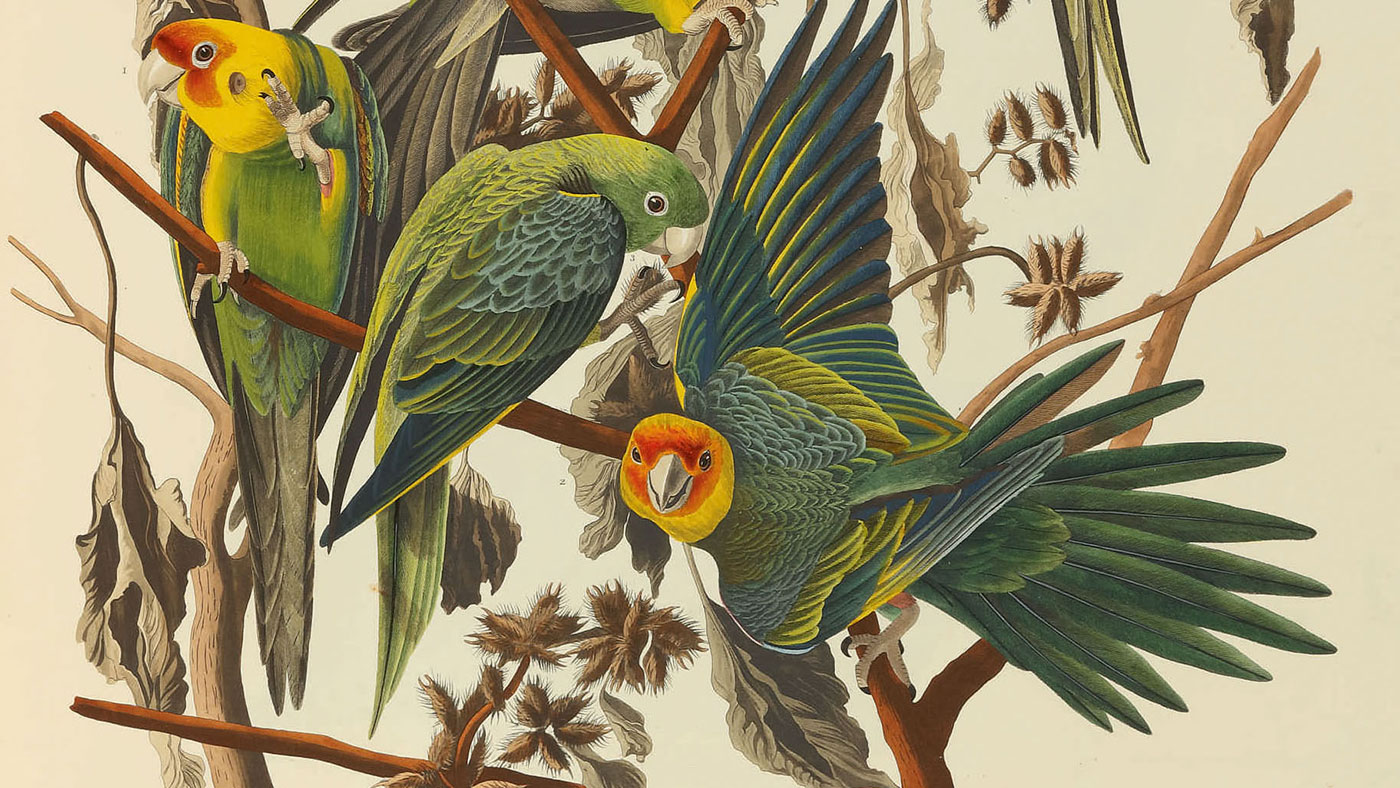

John James Audubon was 35 years old when, in 1820, he embarked on his life’s work – a catalogue of every species of bird alive in the US. He was bankrupt and fresh out of debtors’ prison. But from an early age, Audubon had developed a fascination with birds, along with a steely determination to see his project through. He would need that perseverance.
The publication of what would become The Birds of America was put back time and again as the French-American naturalist (Audubon became a naturalised US citizen in 1812) stumbled upon new subjects for his study. The printing and preparation of the plates took place between 1827 and 1838.
The Week
Escape your echo chamber. Get the facts behind the news, plus analysis from multiple perspectives.

Sign up for The Week's Free Newsletters
From our morning news briefing to a weekly Good News Newsletter, get the best of The Week delivered directly to your inbox.
From our morning news briefing to a weekly Good News Newsletter, get the best of The Week delivered directly to your inbox.
Sadly, Audubon’s book would become an invaluable record of species that have since gone extinct, such as the Carolina parakeet, Labrador duck and the passenger pigeon. In 1813, Audubon had witnessed the mass slaughter of this latter bird. “The banks of the Ohio were crowded with men and boys, incessantly shooting” at the pigeons, Audubon wrote. He had thought the future of the species safe owing to its large numbers. He was wrong. A century later, the last passenger pigeon died in Cincinnati Zoo, notes Christie’s. The last Carolina parakeet was hunted down as a pest.
Audubon’s own method was to shoot the birds he wanted to draw and then use wires to place the subjects in life-like poses. In all, 1,065 life-size birds, representing 489 species, were hand-coloured on 435 etched plates. The Birds of America is today considered to be one of the most beautiful colour-plate books ever produced.

Soaring values
Things got off to a rocky start, however. Audubon had intended to produce his masterwork in the US. But his criticism of the pioneering volumes of American Ornithology, produced by Scottish-born naturalist Alexander Wilson from 1808 and completed in 1814, after Wilson’s death, put up the backs of American naturalists and engravers. (Audubon implied not unreasonably, if not diplomatically, that his drawings were better.)
A free daily email with the biggest news stories of the day – and the best features from TheWeek.com
Undeterred, Audubon turned to Britain, where he received a better reception. Edinburgh engraver William Home Lizars started work in 1826, before handing over to Robert Havell Jr. of London. Audubon gave lectures and exhibited his works to drum up interest. Within months, a prospectus was ready and, by the following year, 100 subscribers had been signed up at around $1,000 each.
The Yorkshire Philosophical Society was one subscriber. It received an early and unusually large edition, known as the “double elephant folio”. That copy eventually found its way to Massachusetts, and from there, into a private collection. On 18 December, it heads to Sotheby’s in New York, where it is estimated to fetch between $6m and $8m.
That could prove conservative given that another of the 119 sets known to still exist sold for £6.5m in 2010, also with Sotheby’s, but in London. It became the most expensive book sold at auction. Other sets have also sold for large sums. Christie’s sold a set that had belonged to the fourth Duke of Portland for $7.9m in 2012, selling it on last June for $9.7m. Not a bad return in six years.
This article was originally published in MoneyWeek
-
 Political cartoons for December 20
Political cartoons for December 20Cartoons Saturday’s political cartoons include drowning rats, the ACA, and more
-
 5 fairly vain cartoons about Vanity Fair’s interviews with Susie Wiles
5 fairly vain cartoons about Vanity Fair’s interviews with Susie WilesCartoon Artists take on demolition derby, alcoholic personality, and more
-
 Joanna Trollope: novelist who had a No. 1 bestseller with The Rector’s Wife
Joanna Trollope: novelist who had a No. 1 bestseller with The Rector’s WifeIn the Spotlight Trollope found fame with intelligent novels about the dramas and dilemmas of modern women
-
 The rise of the lost luggage auction
The rise of the lost luggage auctionIn the Spotlight Lost luggage hauls are attracting millions of views online
-
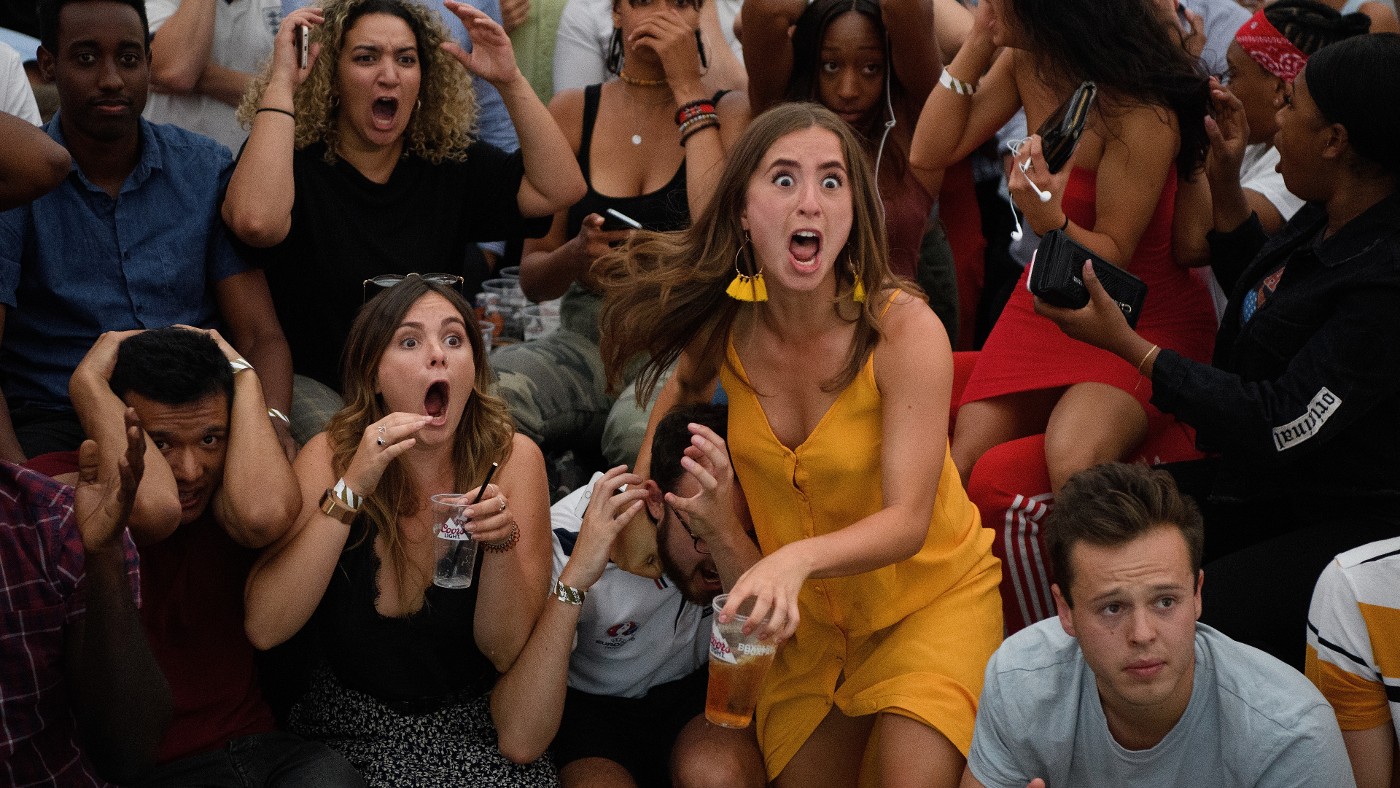 Most US adults ‘have been visited by dead relative’
Most US adults ‘have been visited by dead relative’feature And other stories from the stranger side of life
-
 Sport on TV guide: Christmas 2022 and New Year listings
Sport on TV guide: Christmas 2022 and New Year listingsSpeed Read Enjoy a feast of sporting action with football, darts, rugby union, racing, NFL and NBA
-
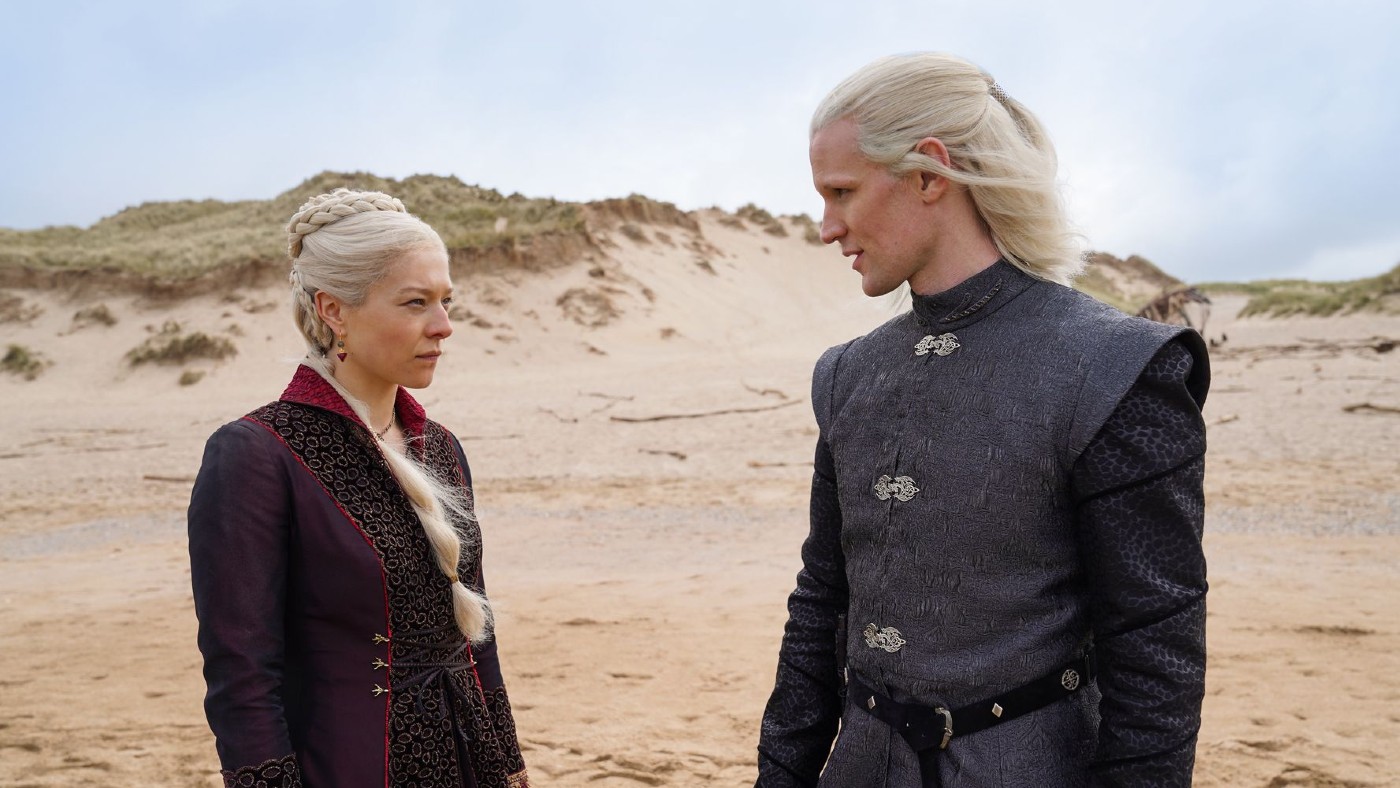 House of the Dragon: what to expect from the Game of Thrones prequel
House of the Dragon: what to expect from the Game of Thrones prequelSpeed Read Ten-part series, set 200 years before GoT, will show the incestuous decline of Targaryen
-
 One in 20 young Americans identify as trans or non-binary
One in 20 young Americans identify as trans or non-binarySpeed Read New research suggests that 44% of US adults know someone who is transgender
-
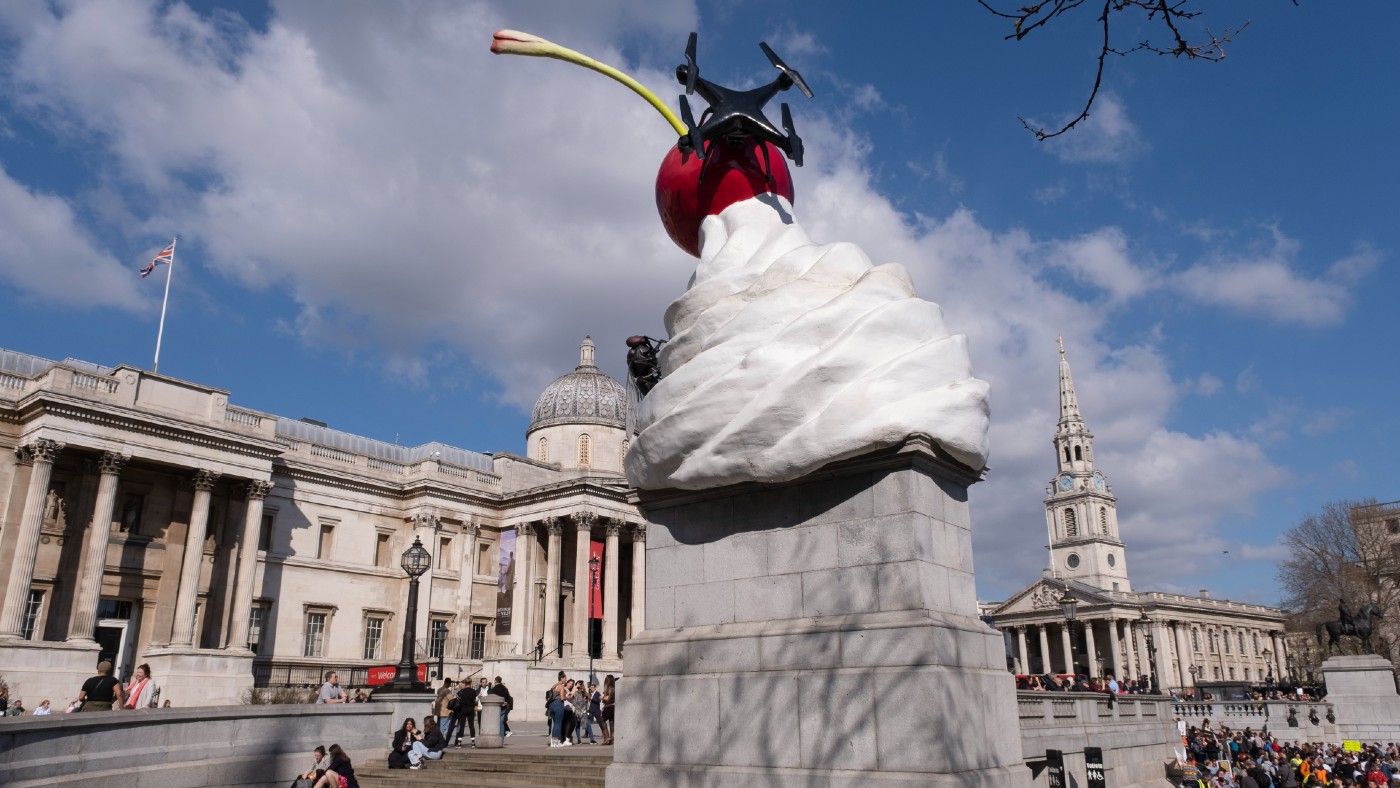 The Turner Prize 2022: a ‘vintage’ shortlist?
The Turner Prize 2022: a ‘vintage’ shortlist?Speed Read All four artists look towards ‘growth, revival and reinvention’ in their work
-
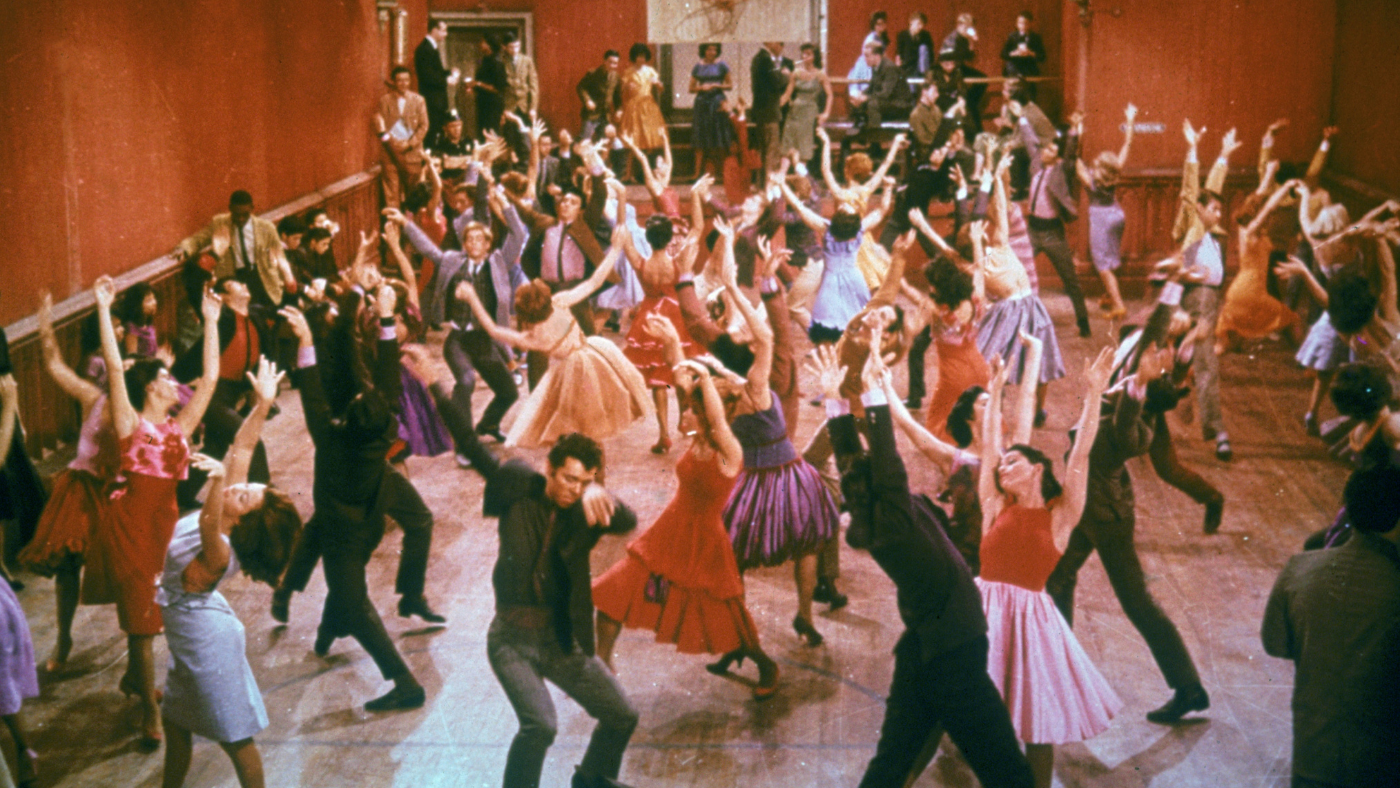 What’s on TV this Christmas? The best holiday television
What’s on TV this Christmas? The best holiday televisionSpeed Read From films and documentaries to musicals for all the family
-
 Coco vision: up close to Chanel opticals
Coco vision: up close to Chanel opticalsSpeed Read Parisian luxury house adds opticals to digital offering